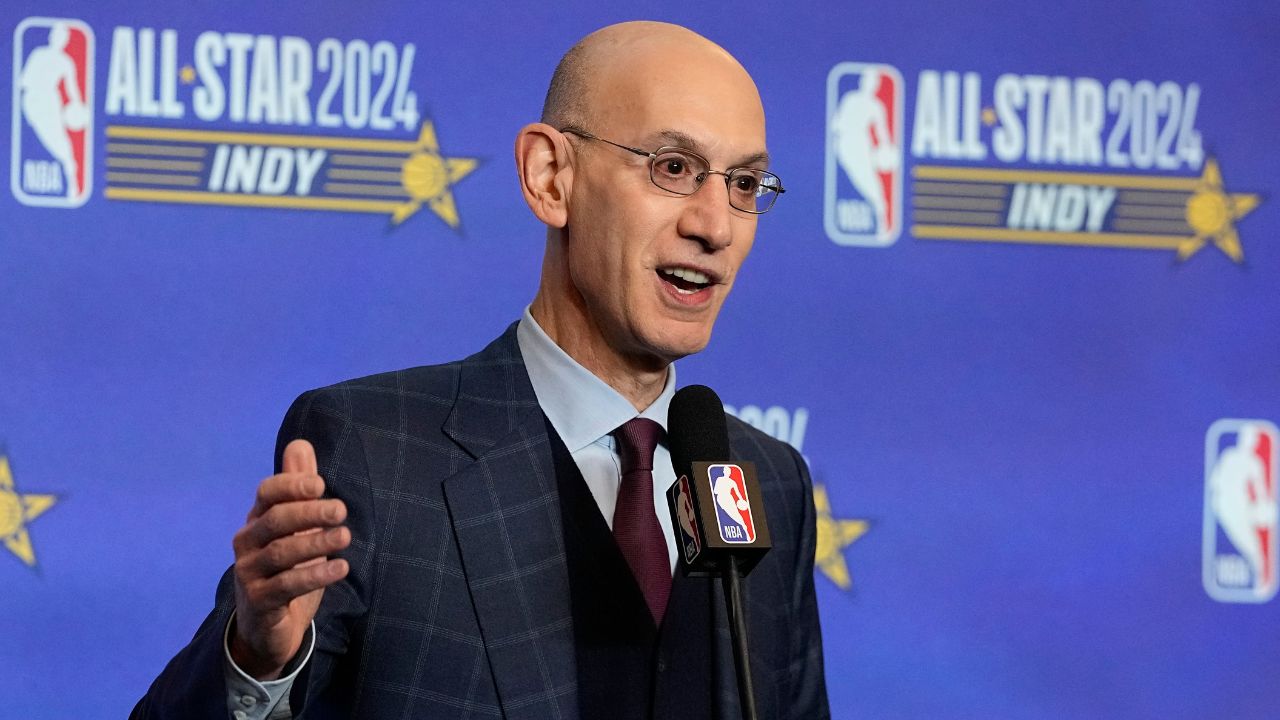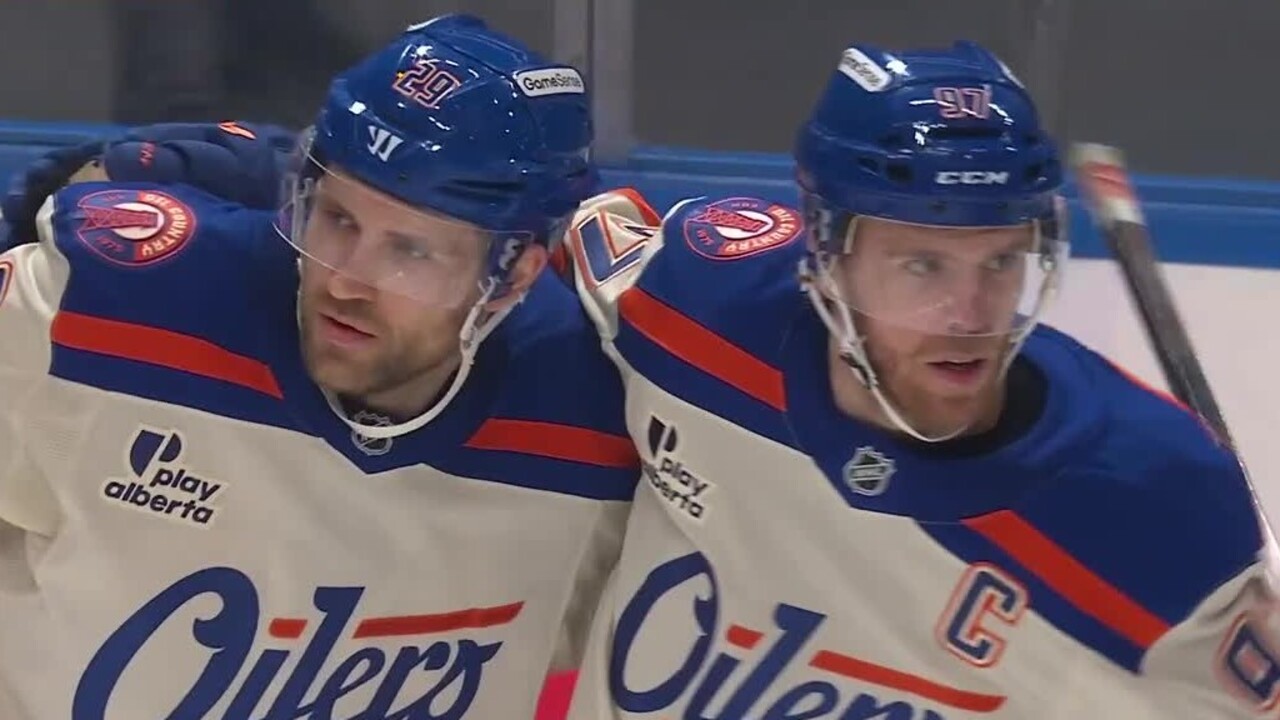
There is no whispering in hockey.
There are no volunteers to hold up “quiet please” signs while a player reads a putt. Instead, the noise gets ramped up as the pressure mounts. When there’s a clean breakaway and a player faces some of his biggest decisions, the screaming intensifies. The home crowd doesn’t hush like it does for a quarterback to communicate more effectively before the snap, and there’s no stillness for a player to shoot a free throw. It is loud from beginning to buzzer, and in the most crucial moments, louder.
That’s not to say what hockey players are doing is any harder, it’s just one of the conditions of the game itself. It’s a hard frozen puck rattling off iron posts and solid glass, it’s hard metal cutting into hard ice and hard sticks held by some hardened players. You have to shout to be heard over the steady din.
As a kid, you play in small barns with canyon-depth echoes. When those most weary panes of glass behind the goal meet missed shots they sing through every crevice of those steel and cement barns, peeking into dressing rooms and concession stands in every corner of the rink. With seating on one side and low roofs, hockey players know the acoustic symphony of their childhoods and remember those sounds fondly. Practices sounded like controlled car crashes.
But those sounds change, if not in decibels than in variety. The type of noise you experience changes as you grow up and rise through the ranks.
The families in attendance in those early playing years extends to friends as players become teenagers, and if they’re good enough, maybe a few less connected but still interested people. Junior hockey capacities grow into the thousands, and as the roofs get higher and the echoes grow more faint, the voices multiply in volume to fill the available space.
It’s the trippiest thing the first few times you practice in the sensory deprivation tank that is a pro hockey arena without fans, because stripping sound from hockey is like stripping colour from art. There, all things audible disappear as if vacuumed into the sky, like the elevated press box is some horizontal black hole. The echoes are all but gone, and shouts feel feeble as they drift aloft and lose their density like puffs of smoke.
It’s when you return to those rinks at night that the charge of sound comes back, the energy, the excitement, the noise that to most of us feels like hockey because it sounds like hockey should. The fans do that. How the droning murmur of a crowd reaches its crescendo with a chance, and falls away only to build again…that becomes the rhythm of the game, replacing the still-rising-and-falling but more staccato sounds of pucks and skates from our youth.
All of this is to say, this is an ode to hockey fans, who give our game vibrancy and life and a pulse, of which the game was sadly devoid when the NHL put its head down and plowed forward through the largely fan-less 2020-21 (OK, just 2021) season.
We tried, and the league tried, and the players did their best. We all love hockey, and so the games went on, many still watched, and storylines emerged and faded away. That “something is better than nothing” version of fandom felt like eating for sustenance, consuming bread and water to get to the next day, and forgetting flavour exists.
But when Tampa Bay played Florida in the first round of the playoffs in front of fans, it was like a Michelin star meal, a slap in the frontal lobe that reminded us of the fullness and emotion that had been missing from games. It reminded us how much of the game is fuelled by sound.
There are a lot of people whose efforts go into making an entertaining hockey game, and the absence of the fans made it patently clear that it’s not always the players who bring the energy and enjoyment. Great crowds can pick up dull games and generate momentum from small chances for a home team. And when they gave momentum, it felt more sustainable than it did in the quiet arenas.
Hockey is the world’s best live sport, and because of that, hockey fans watching on television rely more on the crowd than fans of other sports. You can close your eyes and get a sense for how chances are being traded, how close teams are coming, and even feel when the energy builds strong enough that a goal is imminent. Crowd reaction lets us know what’s worth paying attention to (fun fact: when putting together highlight packs and labelling moments from games for future use, some television networks use a program that clips moments linked expressly to crowd volume. If all a highlight pack shows are the clips that made the crowd get loudest, you’re likely showing the game’s most pivotal moments).
I write this now as some fans have been pulled from some buildings in Canada yet again, and the threat of more teams doing the same looms. We’ve seen a few of those games play out, and it’s impossible to deny how deflating it feels yet again. (The league postponing some of the Canadian games is a financial decision, but they surely don’t enjoy the product that empty buildings seem to produce either). The contrast is just too strong. That’s not anybody’s fault, it’s just become so clear how important it is to have fans in the building for live NHL hockey.
And so, as we’re just days away from an uncertain 2022, I hand out my NHL MVP award to you, to us, to the fans of the NHL who so markedly improve the quality of hockey as the game’s lifeblood. It’s impossible to know how fan attendance will play out in the year ahead, but what isn’t impossible to know is just how great it is when fans are able to be there providing that energy. The sounds of pucks and skates alone only works in small barns. Hockey is a noisy sport, it’s meant to be, and NHL fans provide that soundtrack to games in North America’s most cavernous arenas.
Hockey is wonderful alone, it’s just so much better with fans. And so in a sport without whispering, it’s only fitting to close the year out with that proper shout-out.





